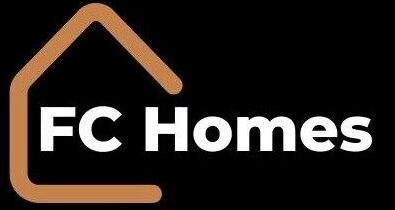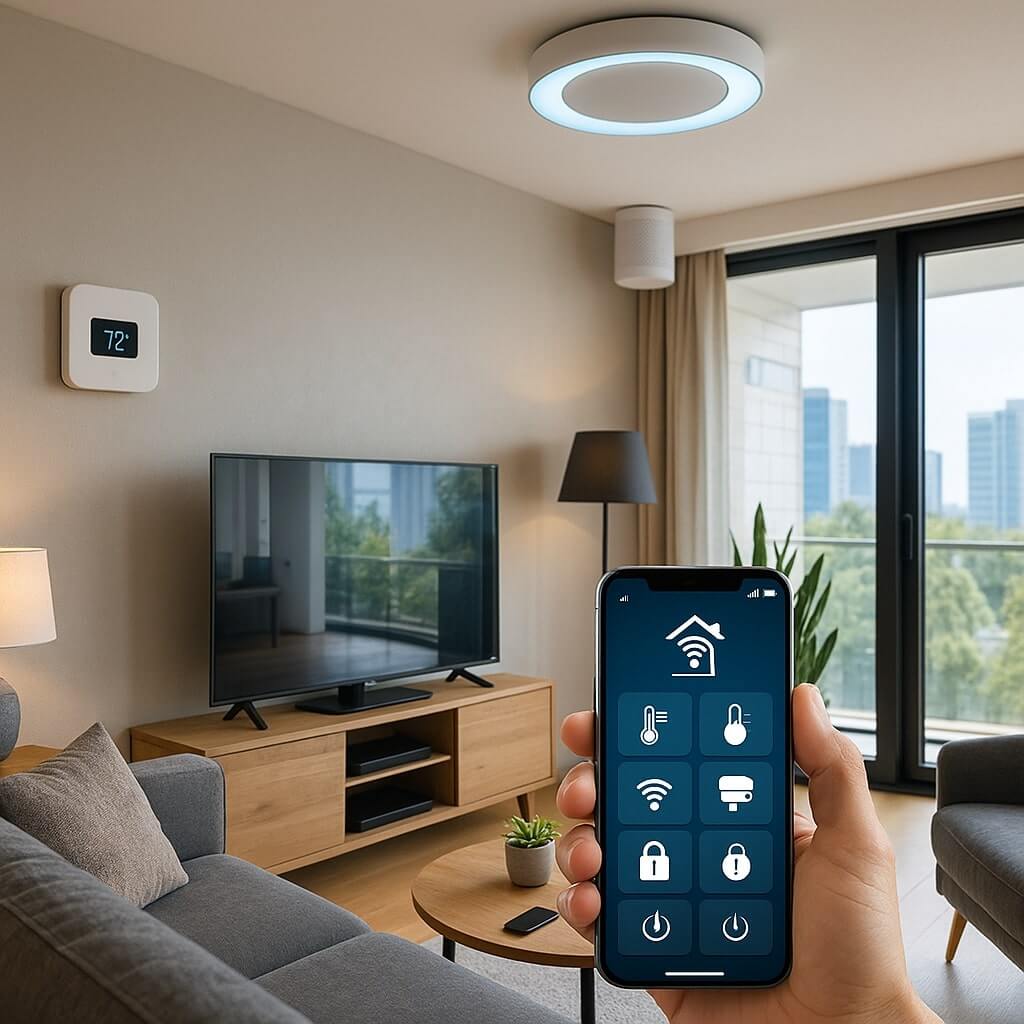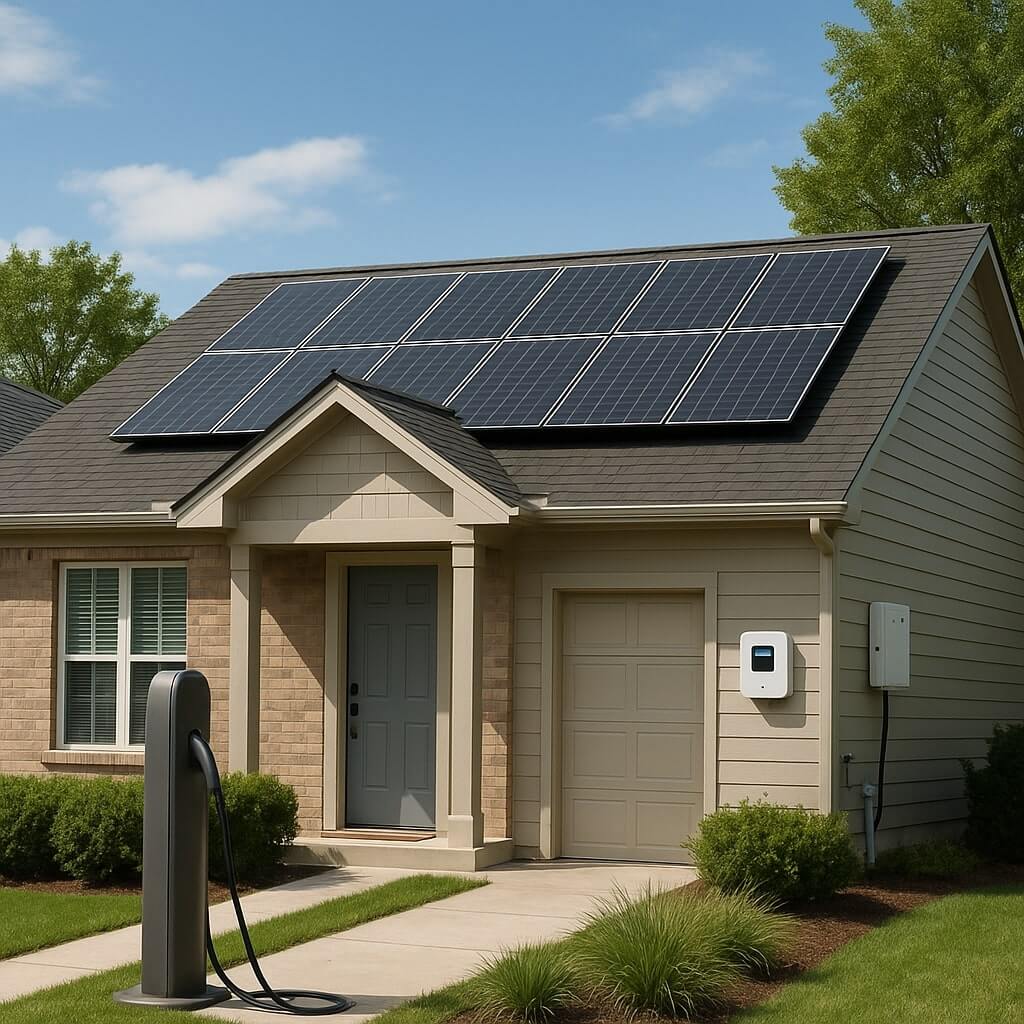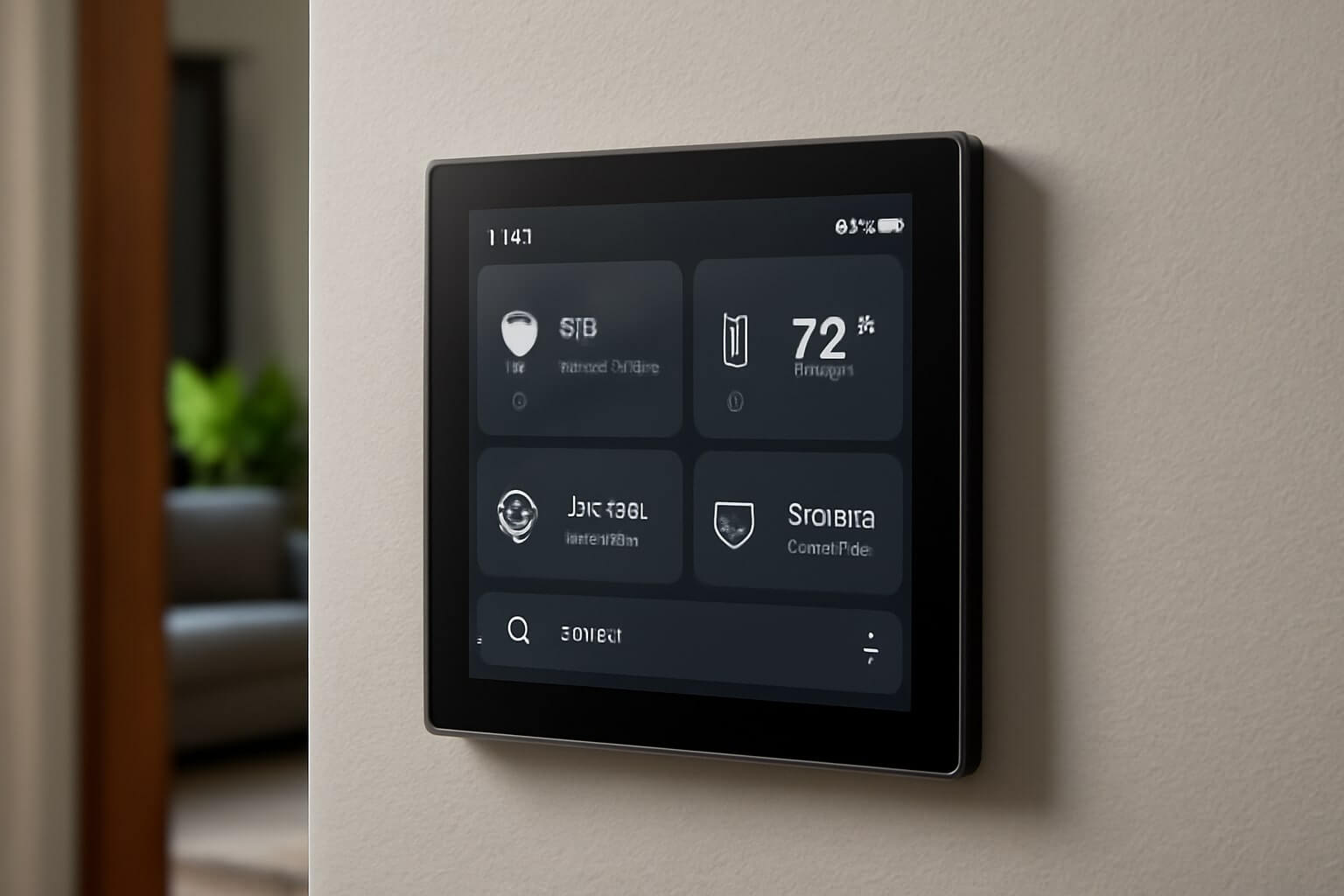The concept of a smart home has rapidly evolved from simple automated lighting to fully integrated systems that understand and respond to user behavior. With groundbreaking advancements in Artificial Intelligence (AI), the Internet of Things (IoT), and sustainable energy, the future of smart homes promises to transform our lifestyles in ways once imagined only in science fiction.
What Defines a Smart Home of the Future?
A future smart home is an environment where interconnected devices, powered by AI and data analytics, work seamlessly to enhance comfort, security, and energy efficiency. Unlike early smart home setups which focused on convenience, future systems aim to anticipate needs, adapt to behavior, and align with sustainable living practices.
Key features include:
- Predictive automation
- Advanced AI-powered voice and facial recognition
- Context-aware environments
- Energy self-sufficiency
- Robust cybersecurity architecture
1. AI Integration: The Brain of Tomorrow’s Home
Artificial Intelligence is at the heart of the next generation of smart homes. These systems learn user preferences and automate responses accordingly. For example, AI can analyze daily routines and adjust lighting, temperature, and even suggest meal plans or workouts based on your schedule.
AI applications in smart homes include:
- Voice assistants that hold natural conversations
- Adaptive climate control based on real-time weather and occupancy
- Health monitoring integrated with wearable devices
2. IoT and Hyperconnectivity
The Internet of Things will continue to expand, connecting virtually every home appliance and system. This web of interconnected devices will allow for unified control and remote monitoring.
Examples of IoT-driven innovations:
- Smart refrigerators that suggest recipes and restock groceries
- Security systems that sync with neighborhood alert networks
- Washing machines that schedule cycles based on electricity tariffs
3. Sustainable Smart Homes: Green Meets Smart
Sustainability will play a pivotal role in shaping smart homes of the future. Homeowners are increasingly seeking energy-efficient solutions to reduce their carbon footprint and utility bills.
Key sustainable features:
- Smart solar panels with real-time usage optimization
- Energy storage systems with demand-response capabilities
- Smart irrigation systems for water conservation
4. Smart Home Security: Next-Level Protection
Future homes will feature AI-enhanced security systems that use biometrics, motion sensors, and predictive analytics. These systems not only deter intrusions but also monitor for potential hazards like gas leaks or electrical faults.
Innovative security solutions:
- Facial recognition entry systems
- AI-powered threat detection algorithms
- Real-time alerts via mobile apps
5. Immersive Living: Smart Entertainment and Wellness
Smart homes are evolving into immersive, multi-sensory environments. Whether it’s a home theater that adjusts lighting and sound automatically or wellness pods that provide personalized meditation, tomorrow’s homes will prioritize mental and physical well-being.
Emerging trends include:
- Virtual reality zones for entertainment and education
- AI-generated ambient environments
- Smart beds that track sleep quality and adjust positions
6. The Role of 5G and Edge Computing
5G connectivity and edge computing will enable faster, more reliable communication between devices. This low-latency, high-speed infrastructure is crucial for real-time automation and AI responsiveness.
Benefits of 5G integration:
- Near-instant data transmission between devices
- Enhanced performance of cloud-connected smart devices
- Improved video surveillance and real-time streaming
7. Challenges and Considerations
As the smart home industry matures, it faces a few hurdles that must be addressed:
- Data privacy concerns
- Standardization across platforms and devices
- Initial setup costs and technical complexity
- Cybersecurity vulnerabilities
Addressing these issues will require collaboration between tech developers, regulators, and consumers to ensure safe and accessible innovation.
FAQ
The main benefit is the seamless integration of comfort, efficiency, and security, all customized to individual needs.
While early adopters may face higher upfront costs, mass production and technological advancements are expected to make smart homes more affordable over time.
Future smart homes will incorporate stronger encryption, AI-powered threat detection, and user-controlled privacy settings to mitigate risks.
Yes, most technologies will be modular and compatible with existing infrastructure, allowing homeowners to upgrade gradually.
AI enables personalized automation by learning from your habits and making decisions that optimize comfort, efficiency, and safety.
Conclusion
The future of smart homes is not just about technology—it’s about redefining how we live. With AI, IoT, sustainability, and immersive experiences driving the next wave of innovation, tomorrow’s homes will be more than just places to live—they’ll be intelligent, responsive environments that enhance every aspect of daily life.
As technology continues to advance, the smart home will become an essential part of modern living, offering unmatched convenience, security, and environmental responsibility. Now is the time to start preparing for the home of the future.




